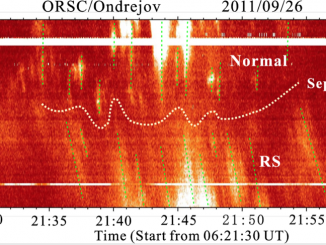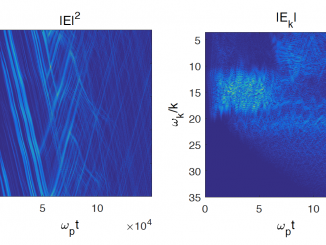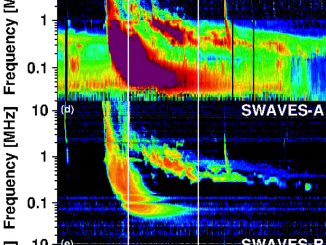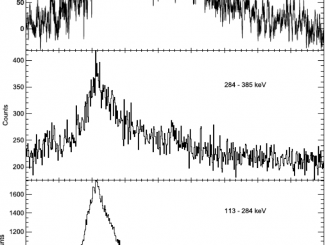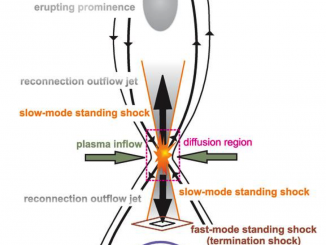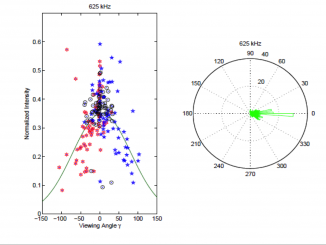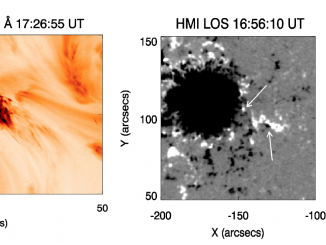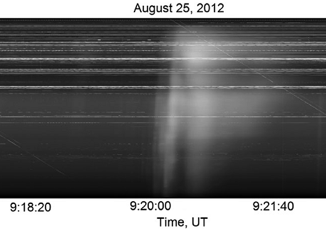Diagnosing the Source Region of a Solar Burst on 26 September 2011 by Using Microwave Type-III Pairs
by Tan B. L. et al.*
Accelerated electron beams are believed to be responsible for both hard X-ray (HXR) and strong coherent radio emission during solar flares. However, so far the location of the electron acceleration and its physical parameters are poorly known. The solar microwave Type-III pair burst is possibly the most sensitive signature of the primary energy release and electron accelerations in flares (Aschwanden & Benz, 1997, ApJ). A Type-III pair is composed of […]

